DOLPH NEWS
Dolph Microwave Designs And Manufactures For Precision Waveguide Components, Earth Station Antennas And Sub-Assemblies For Wireless, Satellite, Aerospace, Defence And Scientific Research
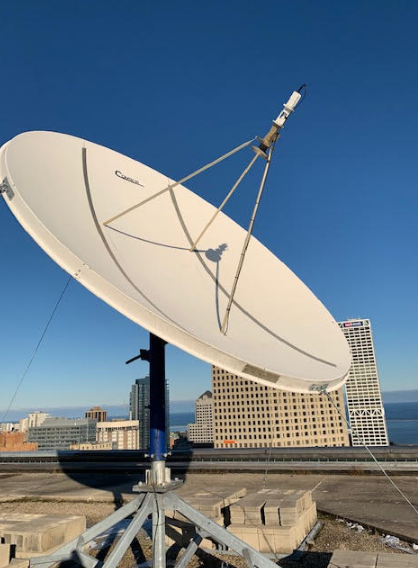
What are the benefits of KU band
Ku-band is cost-effective, supports smaller antennas, and offers 20-30x frequency reuse, boosting satellite capacity to 50Gbps. It also has better rain fade resistance than Ka-band,

Why Use Array Antennas for Satellites
Phased array antennas enhance satellite efficiency with over 80% bandwidth utilization, 3x frequency reuse, and 90% lower maintenance costs. They provide flexible, reliable connectivity for

Why Are Satellite Bands Important
Satellite frequency bands enable reliable global communications, reduce latency and support high-speed data transmission. They enhance Internet access in remote areas, improve navigation, and ensure

Which Satellite Frequency Bands Are Best
L-Band is good at mobile navigation and IoT, S-Band dominates weather radar, C-Band is suitable for broadcasting, Ku-Band leads TV and aviation, Ka-Band supports the

What’s the Role of S Band in Space
The S Band plays a crucial role in space communications, providing reliable data transmission for satellites, weather monitoring, and scientific research. It is cost-effective, less
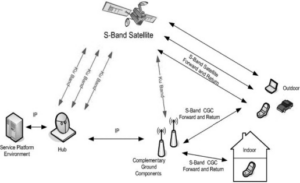
What’s Special About S Band Frequency
The S-band frequency has a long detection distance, low signal attenuation and efficient communication capabilities. It is widely used in weather radar, monitoring systems, Wi-Fi,
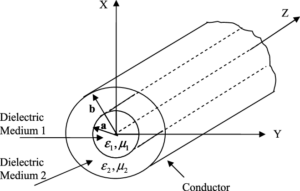
5 factors affecting the bandwidth of circular waveguide
Evanescent modes in waveguides are non-propagating modes that decay exponentially with distance. For instance, in a waveguide with a TE11\text{TE}_{11}TE11 cutoff at 2 GHz, frequencies
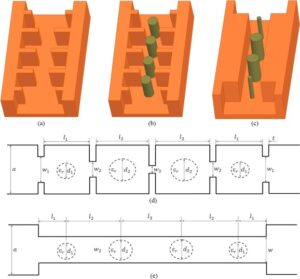
5 characteristics of evanescent modes in waveguides
Evanescent modes in waveguides occur when the frequency is below the cut-off, causing exponential decay of fields. For instance, at 2 GHz in a 10
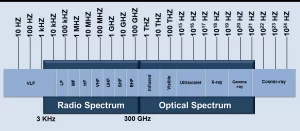
The Ultimate Guide to RF Bands: Everything You Need to Know
Understanding RF Bands and Frequencies Radio Frequency (RF) bands refer to the range of electromagnetic frequencies used for transmitting data wirelessly. This spectrum is crucial

6 sources of radio waves
Radio waves originate from natural sources like pulsars, emitting bursts at up to 1,000 pulses/second, and artificial systems such as Wi-Fi routers transmitting at 2.4
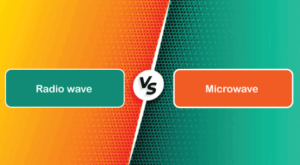
5 Things radio waves and microwaves have in common
Radio waves (3 kHz–300 GHz) and microwaves (300 MHz–300 GHz) share an electromagnetic nature, traveling at 300,000 km/s. Both transmit data; FM radio uses 88–108

Unlocking the Secrets of GOES Satellite Frequency: Everything You Need to Know
Are you curious about the mysteries behind GOES satellite frequencies? Look no further. In this comprehensive guide, we will delve into the fascinating world of
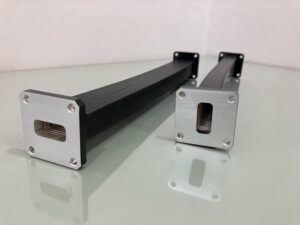
The Ultimate Guide to Understanding Flexible Waveguide Price: How to Find the Best Deals and Save Money
Are you searching for flexible waveguides but feeling overwhelmed by the various options and prices? This guide is designed to clarify flexible waveguide pricing and
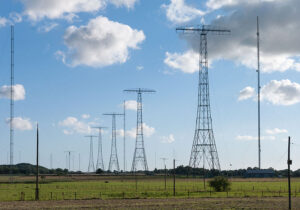
Exploring the science of extremely low frequency phenomena.
Extremely Low Frequency (ELF) waves, ranging from 3 to 300 Hz, are low-frequency electromagnetic signals that have captivated scientists worldwide. Often overlooked, these waves possess
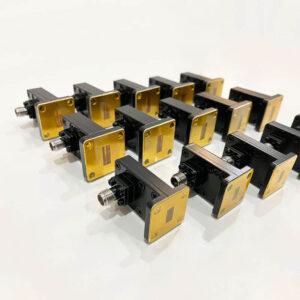
Guide on waveguide to coaxial adapters and benefits
Looking to connect your WG and coaxial cables effortlessly? A WG to coaxial adapter is the solution you need! This guide examines its benefits, uses, and compatibility. With
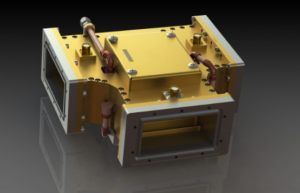
What is a waveguide circulator in a microwave
A waveguide circulator directs microwave signals between three ports, isolating signals efficiently. For example, at 10 GHz, it handles 1 kW transmitted power with less

Why do satellites use high frequency
Increased Data Transmission Capacity The Ka-band, operating between 26.5 GHz and 40 GHz, supports data rates of over 100 Mbps, allowing a single satellite to

How to design an antenna for a specific frequency
To design an antenna for a specific frequency, first calculate the wavelength using λ=cf\lambda = \frac{c}{f}λ=fc, where ccc is the speed of light and fff
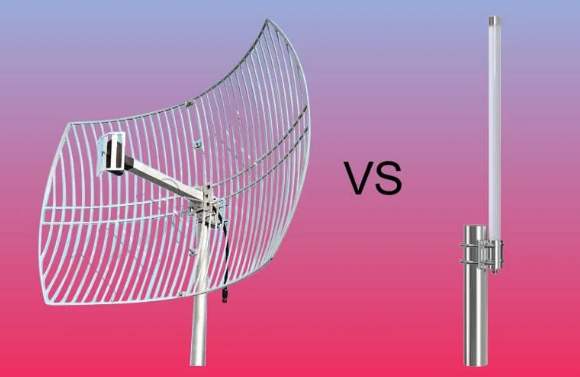
What is the difference between Yagi and Omni antenna
Yagi antennas are directional, offering higher gain (up to 12 dB) and long-range communication, typically up to 50 kilometers at 2.4 GHz. In contrast, Omni
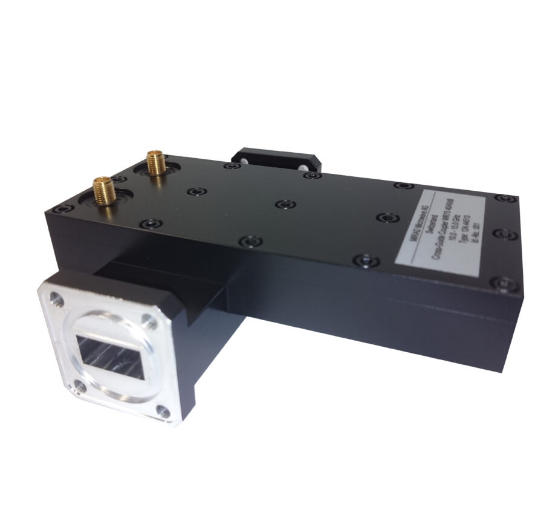
What is the material of a directional coupler
A directional coupler uses materials like copper (conductivity ~5.96×10⁷ S/m), dielectric substrates like FR4 (dielectric constant ~4.5), or PTFE for high frequencies (loss tangent <0.001),
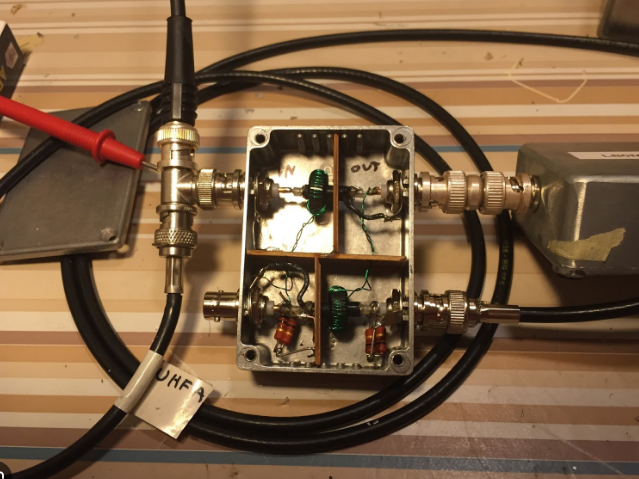
What is the function of coupler antenna
A coupler antenna splits or combines signals, matches impedance, filters frequencies, and measures signal power. For example, in a 1,000-watt system, it diverts 10 watts



